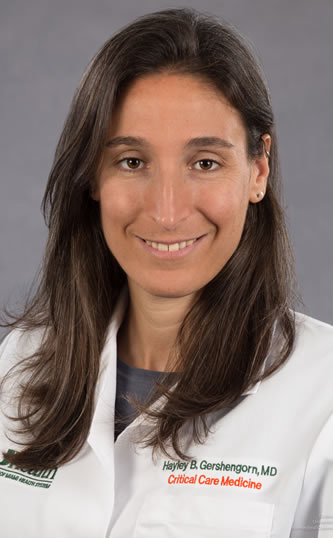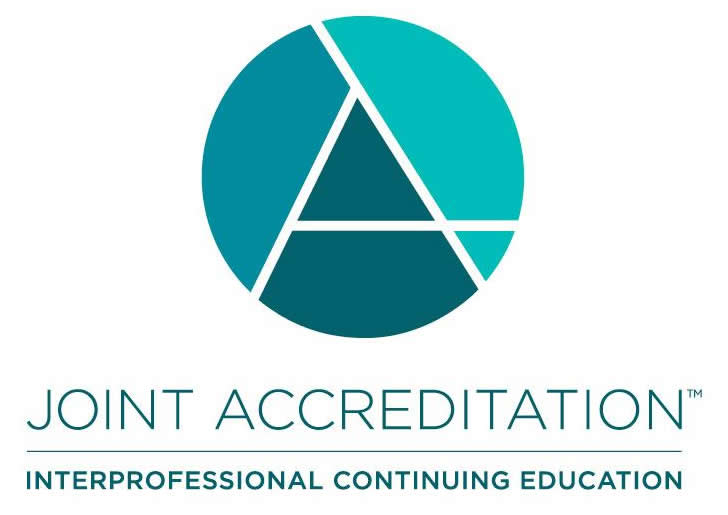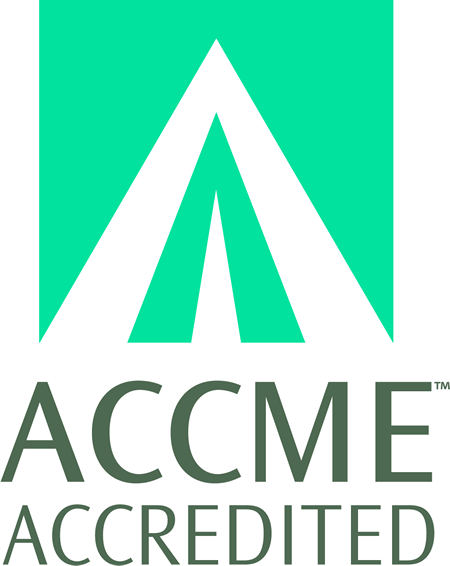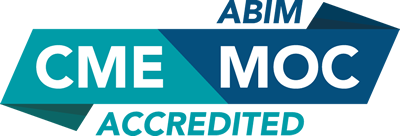
COURSE CREDITS & HOURS
16 AMA PRA Category 1 Credits™16 ACPE Credits
16.0 Contact Hours
16 (part II) MOC points in medical knowledge in the American Board of Internal Medicine's (ABIM) Maintenance of Certification (MOC) program
COURSE FEES
TARGET AUDIENCE
PROGRAM PURPOSE
The critical care lectures are designed to, first, broaden the way clinicians think about the intensive care unit and, second, provide a more in-depth foray into one of the most common ICU diagnosesacute respiratory failure. Thought-provoking talks on topics about how we think of critical care delivery will be presented on (1) invasiveness in ICU and (2) the 24-hour/7-day ICU. Then, through a series of individual sessions, I aim to paint a picture of how to diagnose, treat, and manage acute respiratory failure requiring assisted ventilation. Together these discussions will allow for exploration of and discussion about how current ICU care works (and sometimes fails to work) for our patients. The ICU is a team sport and, thus, all talks will touch peripherally on team outcomes and performance. In specific, in the discussion of the 24-hour/7-day ICU, we will explore the impact making night look like day in the ICU has on various ICU clinician-stakeholders as well as patients and families.
Presented by Dr. Hayley B. Gershengorn, MD, FCCM, ATSF- The value of making the ICU less invasive
- Discuss how ICUs came to be invasive & what data we have for continuing some invasive practices
- The 24-7 ICU: Overnight staffing; should things run the same overnight as they do during the day (i.e., extubation, visitors, etc...)?
- Discuss what is known about the benefits and risks of practicing ICU medicine the same at 3am on Saturday as we do at noon on Tuesday
- ARDS: diagnosis and basic management
- Diagnosis and manage ARDS using updated criteria
- Basics of invasive mechanical ventilation
- Discuss the basic modes used to ventilate most ICU patients -- including, how to set it up & potential pitfalls
- Therapies for ARDS after conventional MV (paralytics, inhaled agents, HFOV, ecmo)
- Utilize the state-of-the-literature to develop an understanding of "adjunctive" or "salvage" therapies including paralysis, proning, ECMO, etc.
- Ventilator Liberation
- Assess for readiness for extubation to ensure optimal success
- Non-invasive Ventilation and ABGs
- Assess respiratory failure using blood gases; to understand how to use a non-invasive ventilator to achieve optimal patient-support
- Sepsis in 2022
- Cardiac conduction system
- Describe the origination and conduction of cardiac action potentials and how disturbances might lead to arrhythmias.
- Blood flow and its regulation
- Identify the differences between local or organ/tissue blood flow and its regulation vs cardiac output and its control.
- Renal structure and function
- Identify renal structure and function, be able to separate the structure of the juxtaglomerular apparatus from the physiology of GFR.
- Respiratory exchange, transport and regulation
- Improve understanding of the exchange, transport and regulation of respiratory gases, but also their understanding of respiration/ventilation in general.
- Acetaminophen and cardioprotection
- Expand knowledge of the pharmacological/physiological actions of acetaminophen including cardioprotective properties
- Caffeine impairs cardiovascular function
- Discuss detrimental effects of consuming caffeine on a regular basis (e.g. drinking coffee several times each day).
These lectures will refresh the learner's knowledge of basic cardiovascular, respiratory and renal physiology. An additional purpose is to expose the learner to new, experimental -research-based physiology. For example, one outcome of these lectures is to help the learner provide patients with a better understanding of basic physiology and how it relates to medicine (e.g. the generation and conduction of cardiac action potentials can lead to rhythm disturbances; how can a healthy lifestyle reduce this potential). Another outcome is to provide learners with new information. Relaying such information to patients might help them make better choices in achieving healthier lifestyles. For example, caffeine impairs the regulation of peripheral blood flow, i.e. caffeine attenuates reactive hyperemia, pressure-flow autoregulation and active hyperemia. Other research has previously shown that caffeine impairs cerebral and coronary circulation. Knowing these things might encourage patients to reduce their consumption of caffeinated beverages.






























